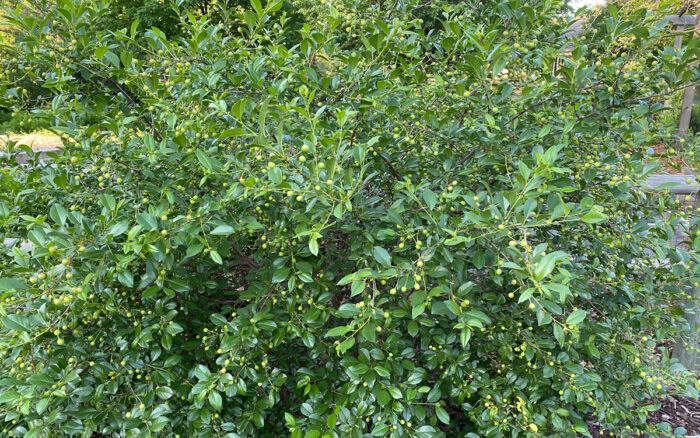
I first became interested in gardening because I wanted to learn to grow food for myself and my family. I started by growing vegetables in a community garden plot. Fast-forward many years and I am still passionate about growing food, but I have expanded the palette of what I grow to include fruit trees and, most recently, fruiting shrubs.
Until I sat down to write this article, I didn’t realize how many varieties of fruiting shrubs I have in my garden—mostly because they are incorporated throughout the beds and not grown in one specific area. I love to eat the harvested fruits fresh, use them in recipes, and can them for year-round use. Here are some fruiting shrubs you will find thriving in my Colorado garden. I hope you give some a try.
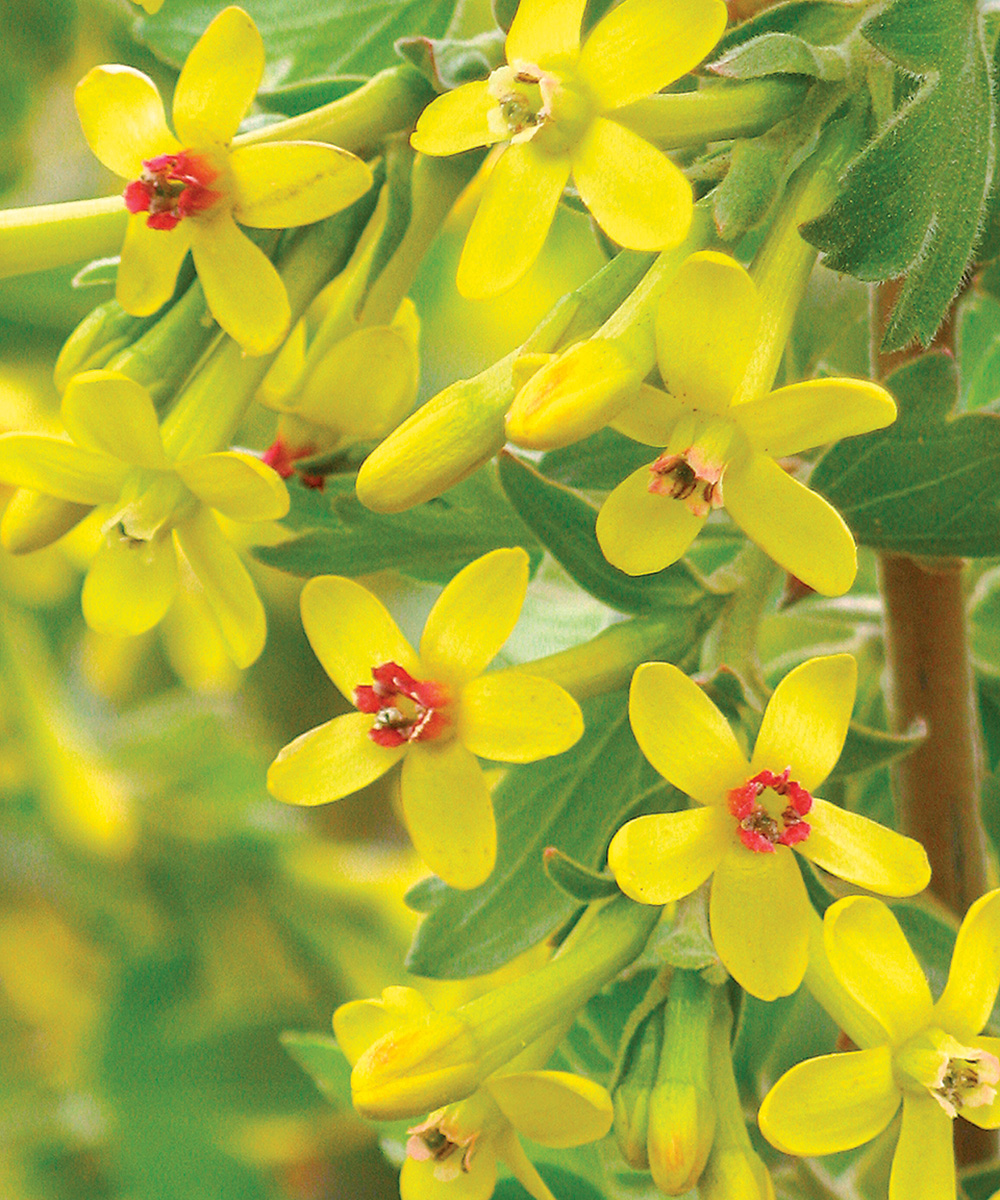
‘Crandall’ clove currant
Ribes odoratum ‘Crandall’, Zones 4–8
This currant provides interest throughout the growing season. The small, bright yellow, trumpet-shaped flowers that line the branches are a sure sign of spring, and the clove scent is sure to catch your attention. The shrub grows 4 to 6 feet tall and just as wide and takes full sun to partial shade. Blue-black fruits ripen in midsummer and are used in commercial fruit production. Their sweet-spicy flavor makes them delicious in sauces or jellies; they are also yummy right off the plant. In fall, light green, trilobed leaves turn burgundy to reddish orange.

‘Fall Gold’ raspberry
Rubus idaeus var. strigosus ‘Fall Gold’, Zones 3–8
‘Fall Gold’ is a fall-bearing or everbearing type of raspberry, meaning it fruits on the upper portions of canes in late summer and fall on the first year of growth. If canes are left up the following year, they may lightly fruit again. I haven’t had much luck with that happening, so we cut them back to the ground each spring and top-dress with compost. This shrub grows 4 feet tall and 3 feet wide and takes full sun. The yellow fruits begin ripening a bit later than ‘Heritage’ raspberry but are equally delicious and add a splash of color to both the landscape and the tabletop.
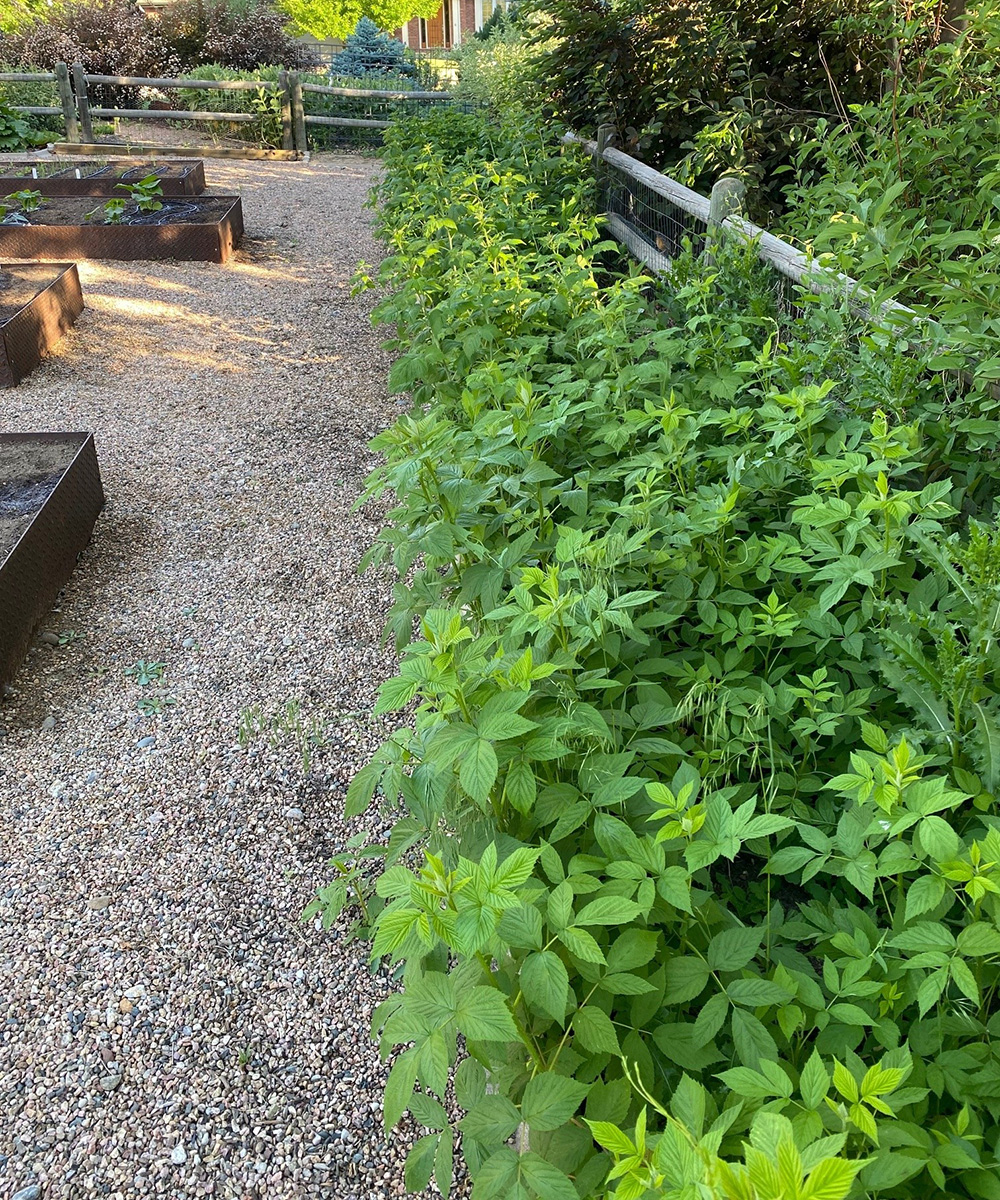
‘Heritage’ raspberry
Rubus idaeus var. strigosus ‘Heritage’, Zones 4–8
Another fall-bearing or everbearing variety, ‘Heritage’, is a classic red raspberry. The shrub grows 4 feet tall and 3 feet wide and also takes full sun. I start harvesting the fruits in late summer and continue into fall. It will keep producing until a really hard freeze. Last year, ‘Heritage’ kept on producing in my garden even after an early September snow. You will often find me eating these as quickly as I pick them.
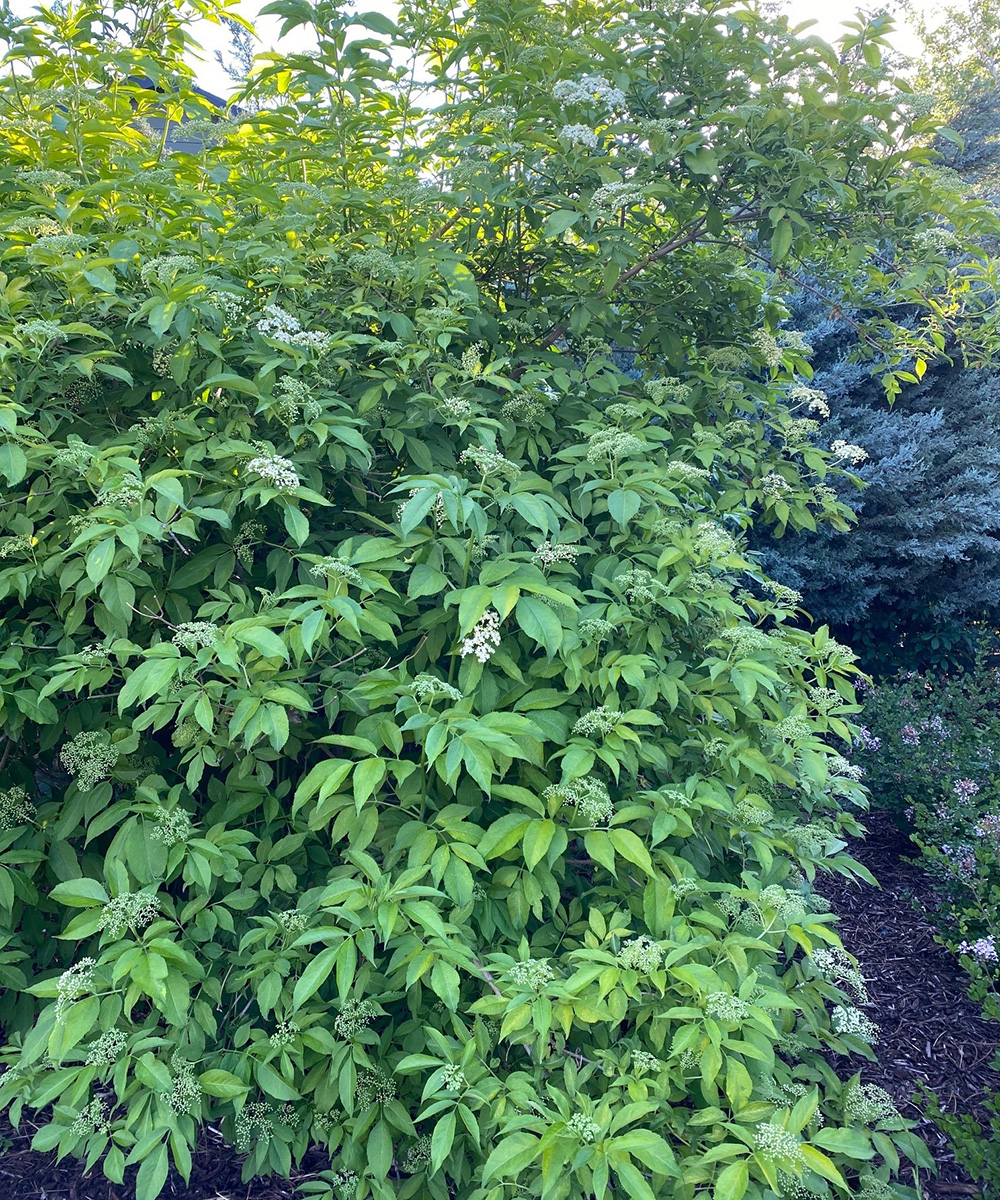
Golden elderberry
Sambucus canadensis ‘Aurea’, Zones 4–7
This variety of elderberry is a nice, larger shrub with yellow-green leaves that contrast nicely with my neighbor’s junipers (Juniperus cv., Zones 2–9) that grow behind it. It would look just as nice with any other green backdrop. It grows 6 to 8 feet tall and wide and takes full sun. Golden elderberry is covered with large, flat clusters of white flowers in June, followed by small black fruit. There are many uses for elderberries, but I will be honest—the birds always get to them before I even have a chance to think about what to do with them!
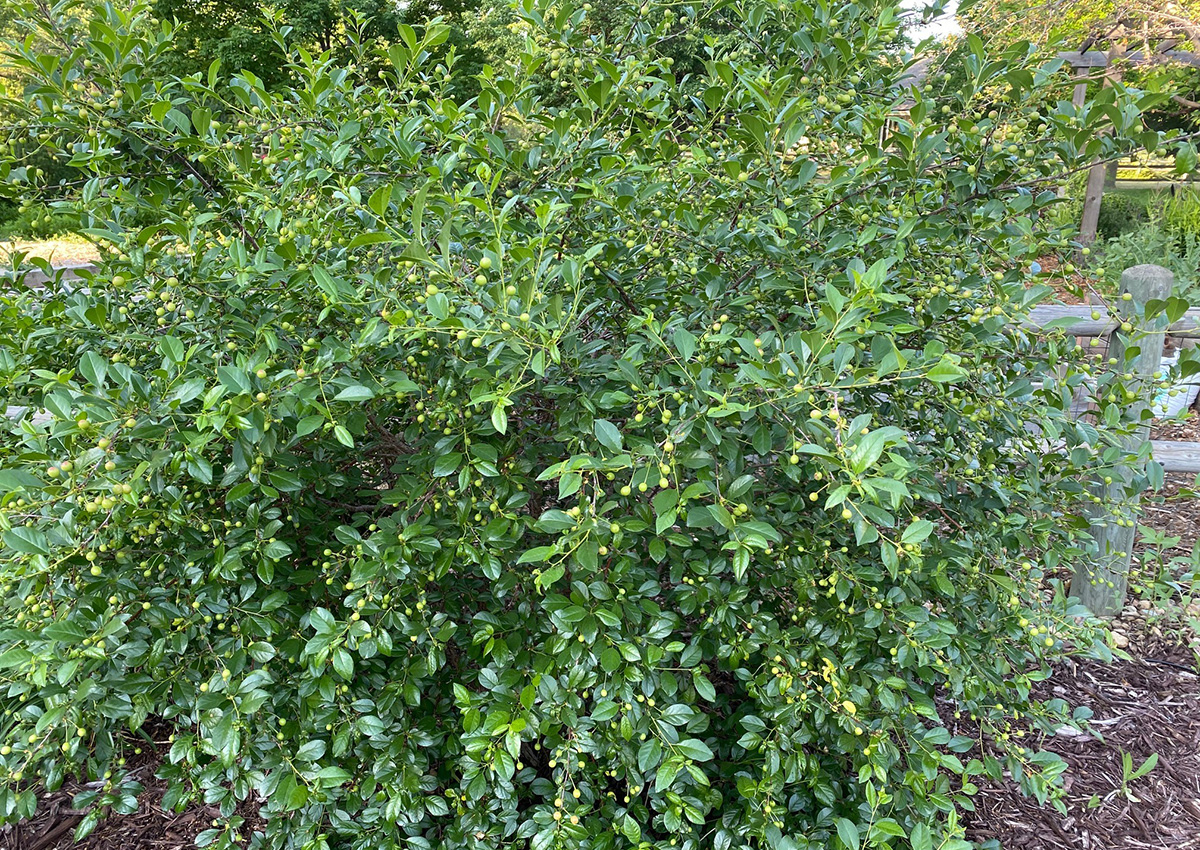
‘Carmine Jewel’ dwarf cherry
Prunus fruticosa × cerasus, Zones 3–8
Sour cherries do best on Colorado’s front range and in many parts of the Mountain West, as opposed to sweet cherries like ‘Bing’ (P. avium ‘Bing’, Zones 5–8). When I was looking for a cherry, I didn’t have space for another fruit tree, so I decided to try this bush cherry instead. ‘Carmine Jewel’ grows 6 feet tall and wide and takes full sun. It’s very cold hardy, since it was originally bred in Canada. The glossy green shrub forms a nice backdrop to a mixed border. It’s covered in white flowers in midspring, followed by green fruits in June that turn red and are ready to pick in late July and August. By its fourth year it can produce up to 15 pounds of fruit. This year happens to be the fourth one that I’ve had mine, and it was absolutely covered in fruit! I plan to get bird netting to ensure that the birds and squirrels don’t get all of them like they did last year. The smaller size of the shrub will make it much easier to protect the little red gems.
For more information on the best fruiting shrubs and trees for the Mountain West, check out these articles:
—Michelle Provaznik is executive director of the Gardens on Spring Creek in Fort Collins, Colorado.
Fine Gardening Recommended Products

ARS Telescoping Long Reach Pruner
Fine Gardening receives a commission for items purchased through links on this site, including Amazon Associates and other affiliate advertising programs.
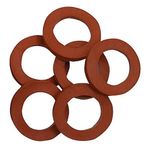
Gilmore Rubber Hose Washer 10pk
Fine Gardening receives a commission for items purchased through links on this site, including Amazon Associates and other affiliate advertising programs.
- Clip of 10

Gardener's Supply Company Summerweight Fabric Plant Cover
Fine Gardening receives a commission for items purchased through links on this site, including Amazon Associates and other affiliate advertising programs.


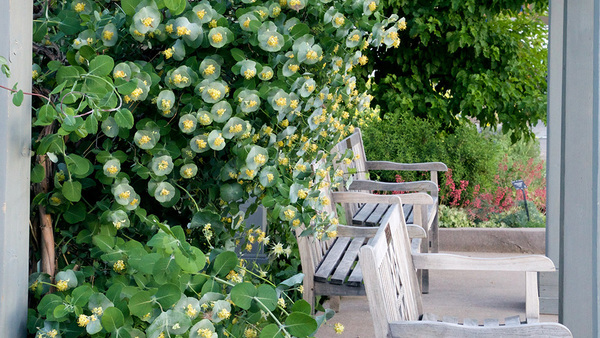
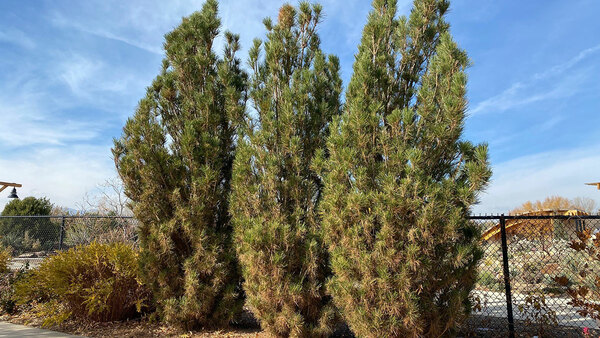















Comments
Log in or create an account to post a comment.
Sign up Log in